Rhapsody for Concert Band
 Instant Download
Instant Download
Details
Description
SKU: A0.942434
Arranged by Brock Lupton. Romantic Period. Score and parts. 84 pages. Brock Lupton #6879051. Published by Brock Lupton (A0.942434).Brahms composed the Alto Rhapsody, properly known as "Rhapsody for Alto, Male Chorus, and Orchestra, opus 53" in 1869. It was first performed in Jena on March 3, 1870.
The text is based on "Harzreise im Winter" ("Winter Journey in the Harz Mountains"), a poem by well-known German poet Johann Wolfgang von Goethe (1749-1832). The Alto Rhapsody, like many of Brahms’ works, has loneliness and alienation as its central themes. Brahms’ devotion to Clara Schumann, Robert Schumann’s widow, is well-known (the letters between her and Brahms fill two volumes). What is less well-known is that he was undoubtedly very fond of Julie Schumann, Clara’s daughter.
In 1869, Brahms spent the summer near the Schumann’s residence and was in daily contact with Julie and Clara completing, among other works, the Liebeslieder ("Love Song") Waltzes.
In early July, Julie announced her engagement. "Of course, I told Johannes first of all," Clara noted in her diary on the 11th. Soon after, the conductor Hermann Levi told her that Brahms had been "devotedly attached" to her daughter. By July 16th, Clara noted in her diary that Brahms "speaks only in monosyllables . . . [and] treats Julie in the same manner, although he used to be so especially nice to her. Did he love her?"
Julie was married on September 22. Later on that very wedding day, Brahms called on Clara, who wrote in her diary, "Johannes brought me a very wonderful piece . . . the words from Goethe’s "Harzreise". . . He called it his bridal song. This piece seems to me neither more nor less than the expression of his own heart’s anguish. If only he would for once speak so tenderly!" This piece is of course the dark and emotional "Alto Rhapsody".
Goethe’s poem "Harzreise im Winter" poetically describes the kind of life God intends for different temperaments. The three stanzas set by Brahms concern the fate of a man in fruitless struggle against the bonds of misery. A young man, turned misanthropic by sorrow, seeks solitude in the wilderness.
The piece is in the baroque cantata style, with an opening recitative, and aria, and a concluding chorale. The alto describes the desolate winter landscape and in the final chorale joins the male chorus in a prayer for a melody that can bring comfort to the thirsting soul (indeed the plea "restore his heart" is repeated three times at the end, as a kind of "Amen"). In the Alto Rhapsody it is not hard to find evidence for Brahms’ statement that "I speak through my music."
The foregoing is from a program note written for a 1997 New York Choral Society performance of the "Alto Rhapsody" in observance of the centenary of the death of Johannes Brahms. It has been taken from the society web page https://www.nychoral.org/brahms/brahms3.html
An English translation of the German text used by Brahms
SOLO
But down there, who is it?
His path loses itself in the bush.
Behind him the branches close.
The grass stands up again.
Desolation surrounds him.
O, who heals the wounds of the one to whom balm has become poison,
who drank hatred of people from the fullness of love?
Once despised, now a despiser.
Secretly he destroys himself in unsatisfying self-seeking.
CHORUS
If there is in your psaltery, Father of Love, a tone his ear can hear, let it enliven his heart.
.This product was created by a member of ArrangeMe, Hal Leonard’s global self-publishing community of independent composers, arrangers, and songwriters. ArrangeMe allows for the publication of unique arrangements of both popular titles and original compositions from a wide variety of voices and backgrounds.
Digital Downloads are downloadable sheet music files that can be viewed directly on your computer, tablet or mobile device. Once you download your digital sheet music, you can view and print it at home, school, or anywhere you want to make music, and you don’t have to be connected to the internet. Just purchase, download and play!
PLEASE NOTE: Your Digital Download will have a watermark at the bottom of each page that will include your name, purchase date and number of copies purchased. You are only authorized to print the number of copies that you have purchased. You may not digitally distribute or print more copies than purchased for use (i.e., you may not print or digitally distribute individual copies to friends or students).
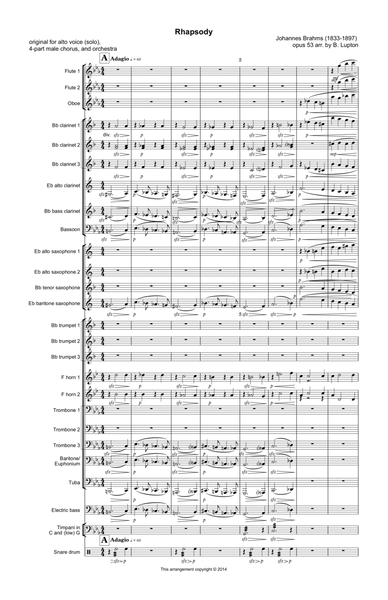
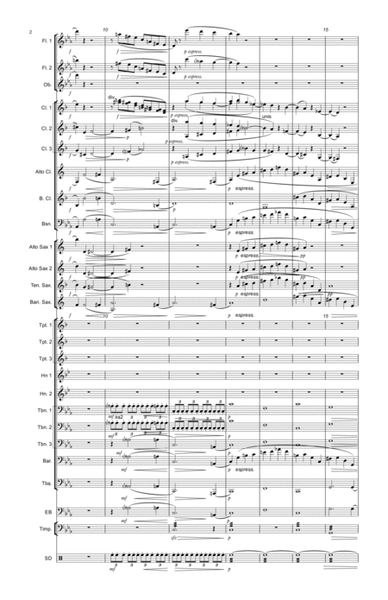
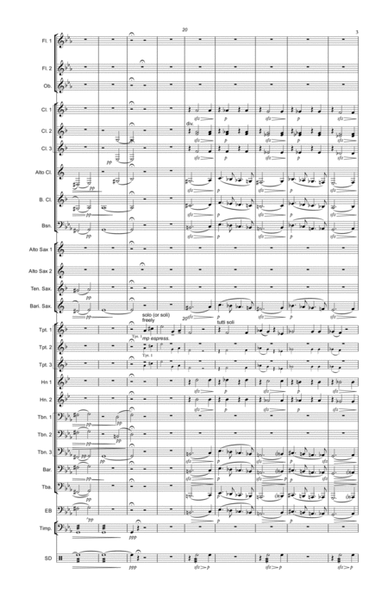
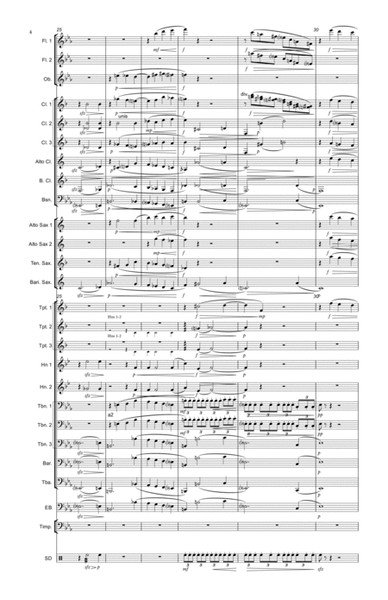
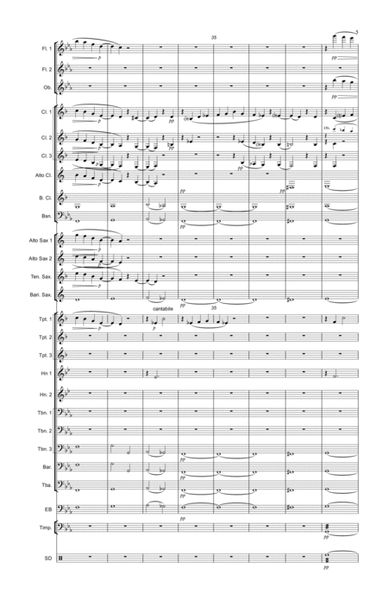
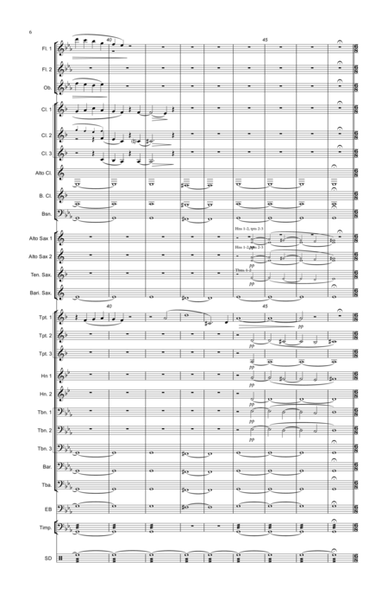
 Share
Share